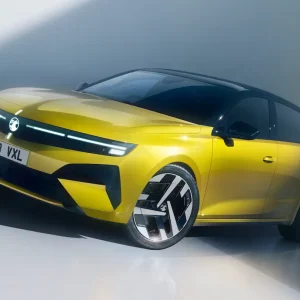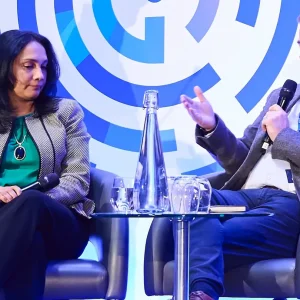The UK Government should act to support the used EV market with next month’s Budget, according to the Vehicle Remarketing Association (VRA).
The industry body said it believed there was an imbalance between government incentives for new and used EVs, and that more needed to be done to ensure a healthy market for the latter.
VRA chair Philip Nothard said: “The government should be applauded for doing much in recent years to encourage uptake of new EVs, especially through low personal company car taxation.
“This has been notably successful and electric power now makes up a significant proportion of new car sales.
“However, the used car sector has so far been left to look after itself when it comes to EVs and, as shown with dramatic price falls in recent weeks and months, demand is extremely variable even for the relatively low numbers of electric cars now making their way onto the used market.”
Nothard said that within a year or two, very large volumes of EVs would enter the used market from large vehicle fleets and more needed to be done to ensure that a healthy market existed at that time.
He said: “There’s a fundamental point here. New EVs are largely attractive to company car drivers because of low tax and to businesses because of their low environmental impact. These factors do not apply to private used buyers.
“A lot of research exists that shows used buyers have a potential disposition towards buying an EV in the future, but evidence so far suggests that they will only do so if the car is the right price and makes sense on a practical level.
“What we believe is needed are incentives that mean when a consumer is faced with the choice of a used diesel or petrol car, or an electric alternative, the latter is sufficiently attractive that the used buyer sees it as viable purchase.”
Nothard said schemes such as Scotland’s interest free used car loan, a ?2,000 subsidy in the Netherlands, a ?1,000 payment in France and a grant of up to ?6,000 in Germany were potential ideas that could be considered by the government.
He said: “There are all many kinds of incentives that could be offered to used buyers and we would welcome the opportunity to discuss them with the Treasury, providing our input on those we believe could be most effective from a remarketing point of view.
“What is undeniable is that a healthy used car market is essential for the electrification of the UK car parc and, as industry experts, we are far from sure that such a market will develop in the medium term without support. The government should understand that EVs are not just about new sales.”





